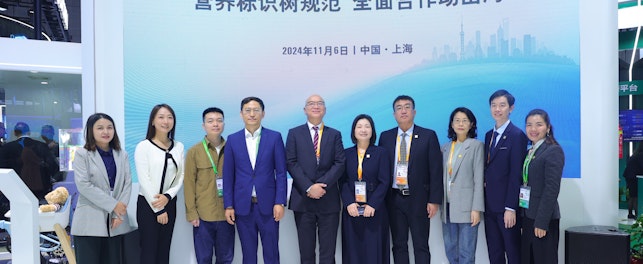Often wrongly used as interchangeable terms, transparency and traceability are the key concepts behind the development of effective supply chain management strategies.
During discussions on supply chain management it is common to see the words ‘transparency’ and ‘traceability’ used as interchangeable terms. In fact, they define very different concepts. It is an appreciation of these differences, and an effective understanding of how to implement both concepts, that has led to the development of Transparency-One.
Transparency
Transparency refers to the capture and transference of ‘high-level’ information along the supply chain. The captured data is specific and accurate, relating to a product’s components, the names of suppliers, the location of facilities, associated certificates, and so on.
Transparency allows a business to map its entire supply chain, gaining better visibility of all the economic operators along that supply chain. The management system captures specific information relating to each supplier – for example, facility certification, certifying bodies, expiration dates, and even a copy of the certificate. Better visibility also means a brand or retailer can check each operator is compliant with safety, sustainability and social responsibility requirements.
Implementing the tools necessary to achieve transparency can be done with relatively low impact on existing processes and systems. Once the right solution is found, it can be used for all product types and easily scaled up to meet the needs of global supply chains.
The information captured during transparency can be viewed as constant – for example, unless the accreditation is revoked, a supplier’s certification will not change beyond renewal throughout the life of the supply chain.
Traceability
The information captured during traceability is more granular, relating to individual ingredients or components; this might be batch-lot data (catch/harvest date, field data, etc.), purchase order (PO) data, and other operational information. Whereas transparency focuses on mapping the whole supply chain, traceability looks at individual batches of components or purchase orders as they progress through the supply chain. The specificity of the data used in traceability allows more targeted recalls, reducing scale and cost.
Unlike transparency, the granular nature of traceability means processes used in the gathering of information are more difficult to scale, often requiring system development and interruptions to established rules and processes. (see below)
Transparency-One: Transparency and Traceability
Traceability relies on transparency. Without transparency it is not practical to implement traceability. Essentially, how can a business access operational data if it does not fully understand all the economic operators in its supply chain? At the same time, how can it share operational data if it cannot be sure it is being shared with the right people?
Successful management of a supply chain requires traceability that is built upon complete transparency.
Transparency-One has the capability of capturing both supply chain mapping data (transparency) and operational data (traceability). This gives businesses complete control of the data flow within their supply chain, providing them with greater protection against the risks inherent in supply chains.
Companies using Transparency-One will find they have:
- Tools for supply chain mapping and transparency – data collection begins on day one and can be scaled up as required
- Means to collect and share operational data from suppliers
- A single platform to store both sets of data – making it easy to access relevant information as required
- Extra security for sensitive supply chain information through blockchain
Companies looking to understand and effectively control their supply chains must understand the technical differences between traceability and transparency. Transparency-One gives organizations the ability to completely map their supply chains, collect relevant data about their suppliers, and follow individual batches or components.
Utilizing this information will help a business protect itself against potential problems that can arise in long supply chains and help build trust with customers.
For the complete range of SGS services and support visit SGS Food Safety.
To learn more about Transparency-One, contact:
Guy Escarfail
Vice President, Global Head of SGS Transparency-One
t: +33 6 79 76 24 37
www.sgs.com/transparency-one






